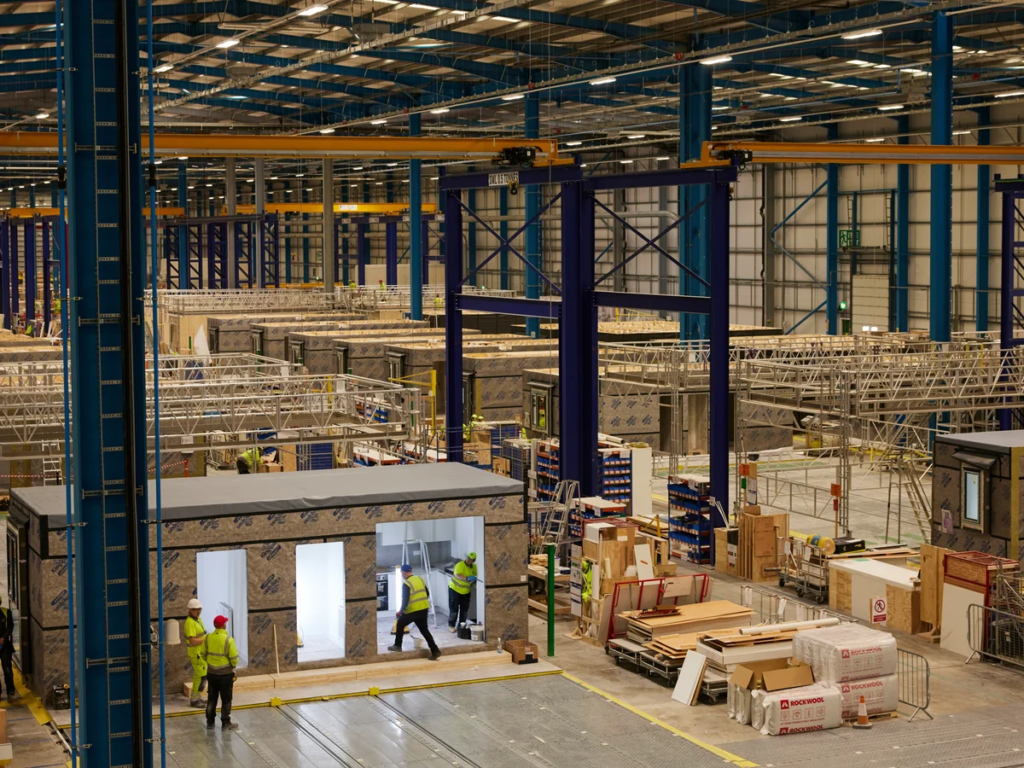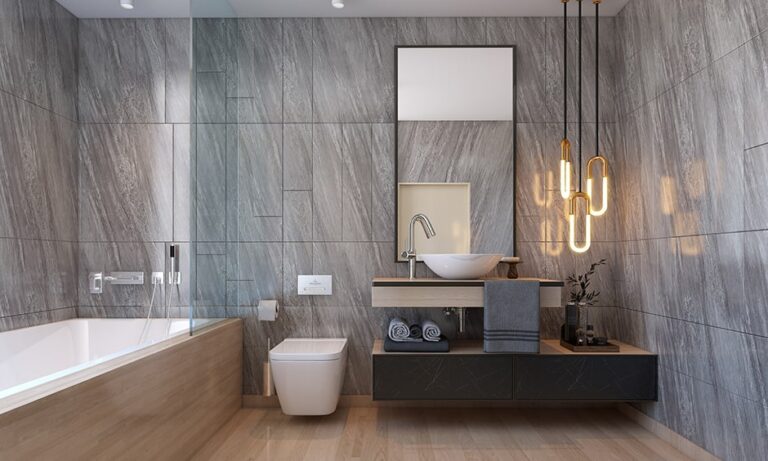
Modular homes, also known as prefab homes, have transformed the housing industry by combining efficiency, quality, and customization. Unlike traditional construction, modular homes are built in sections—called modules—that are manufactured off-site in a controlled factory environment and then assembled at the final location.
Understanding the factory construction vs on-site assembly is essential for prospective homeowners to appreciate the benefits, limitations, and unique aspects of modular home building.
Factory Construction: Precision in a Controlled Environment
The first stage of building a modular home takes place entirely in a factory. This controlled setting offers several advantages over traditional construction methods.
1. Quality Control:
In the factory, every module is built under strict quality standards. Engineers and builders closely monitor materials, measurements, and structural integrity. Because the environment is sheltered from weather and external factors, the risk of water damage, warping, or uneven construction is minimized.
2. Efficiency and Speed:
Factory construction allows multiple modules to be built simultaneously, reducing overall build time. This parallel workflow means homeowners can move into their new modular home much faster than waiting for traditional on-site construction to progress room by room.
3. Precision Engineering:
Advanced tools, machinery, and digital design systems are used to ensure that each module fits perfectly with the others. From walls and floors to plumbing and electrical systems, precision engineering reduces errors and ensures seamless integration during assembly.
4. Cost Management:
Controlled environments limit waste, improve labor efficiency, and reduce delays caused by weather. These factors often result in cost savings for homeowners without compromising quality.
On-Site Assembly: Bringing Modules to Life
Once factory modules are complete, they are transported to the construction site for assembly. On-site assembly is a critical step that transforms individual sections into a fully functional home.
1. Site Preparation:
Before modules arrive, the site must be prepared with a foundation, utility connections, and proper grading. Proper site preparation ensures stability, safety, and smooth installation of each module.
2. Module Placement:
Modules are delivered using specialized trucks and cranes to position them precisely on the foundation. Skilled crews connect the modules structurally, aligning walls, floors, and ceilings to create a seamless interior and exterior.
3. System Integration:
On-site assembly also involves connecting plumbing, electrical wiring, HVAC systems, and other utilities. While many components are pre-installed in the factory, integration on-site ensures proper functionality and compliance with local codes.
4. Finishing Touches:
Exterior finishes, roofing, siding, and landscaping are completed on-site. Interior adjustments, such as cabinetry installation or painting, may also be finalized at this stage to meet homeowner preferences and design specifications.
Key Differences Between Factory Construction and On-Site Assembly
Factory construction offers a controlled environment that ensures precision, consistency, and efficiency. Modules are built simultaneously and under strict quality standards, which reduces waste and accelerates the building process.
On-site assembly, on the other hand, adapts the modules to the specific location, integrates systems, and completes finishing touches. While the factory focuses on precision and speed, on-site assembly ensures proper integration, functionality, and compliance with local conditions.
Conclusion
The modular home building process balances the precision of factory construction with the adaptability of on-site assembly, resulting in homes that are efficient, high-quality, and customizable.
Modular construction offers a smart and sustainable alternative to traditional methods, allowing homeowners to enjoy a home that is both thoughtfully designed and efficiently built.


+ There are no comments
Add yours